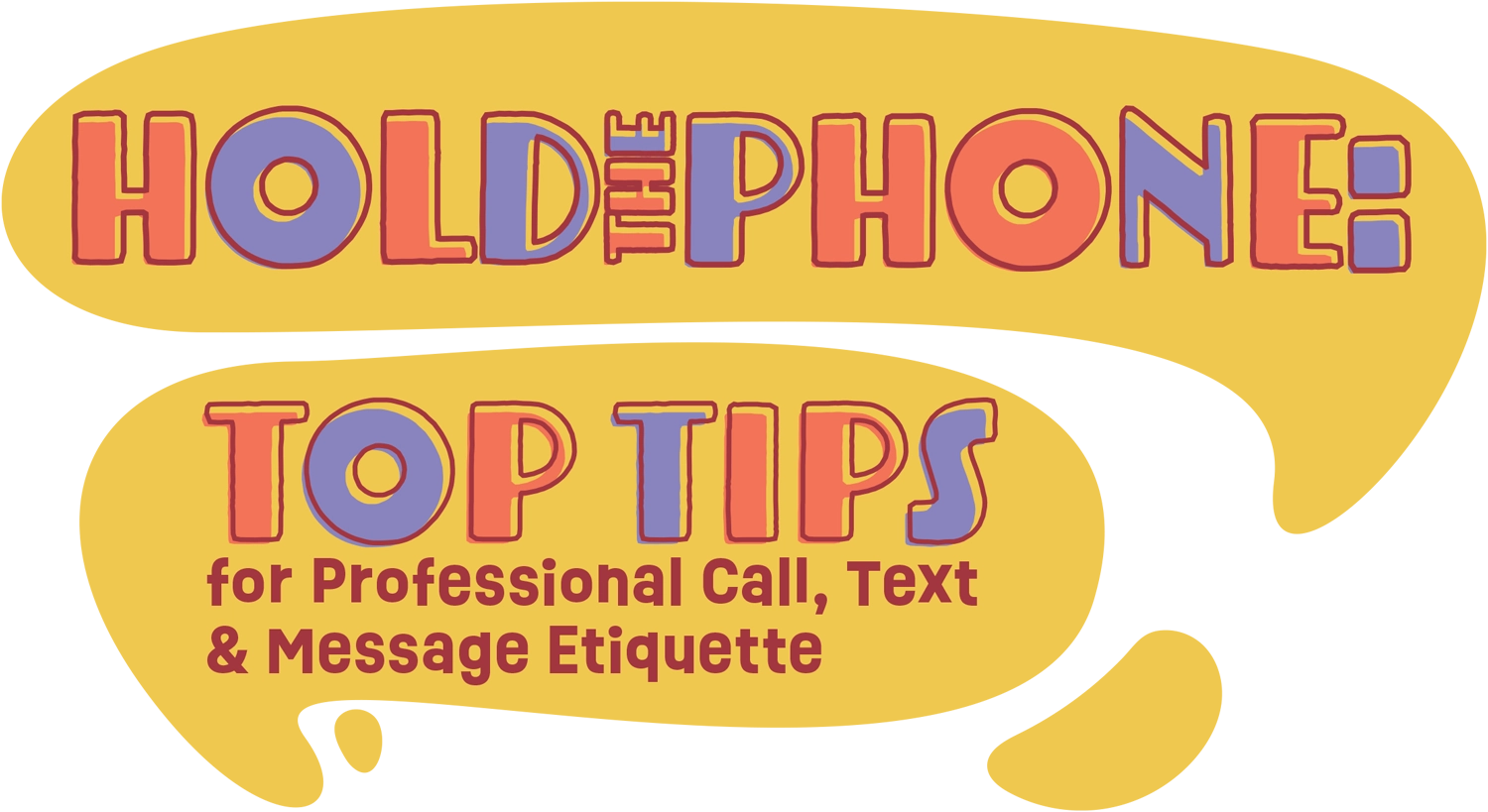

The way groomers interact with customers constantly changes as technology develops, but clear, professional communication is critical no matter how it is delivered.
by Daryl Conner
 nce upon a time, people contacted us when their Bedlington needed a bath by picking up the telephone. Now, it is common for people to reach out via text message, messenger apps or email, as well as phone calls. Many groomers prefer communicating via text or other messenger services over all different forms.
nce upon a time, people contacted us when their Bedlington needed a bath by picking up the telephone. Now, it is common for people to reach out via text message, messenger apps or email, as well as phone calls. Many groomers prefer communicating via text or other messenger services over all different forms.
Groomer Audrey Grace Lawson says, “Texts leave a paper trail, which, in my opinion, is so important. I love having the luxury of referring to previous messages if there is ever a misunderstanding. If my client has an issue with texts, I don’t mind calling, but I do let them know I will only accept phone calls on my time, and texting is a much easier way to get in touch with me. So far, I haven’t had any issues or complaints.”
Choosing the method in which you prefer your customers contact you is a personal decision, but it is recommended that you narrow it down to one or two choices; otherwise, keeping up with multiple connection points can become confusing and time-consuming, and some messages may be lost or forgotten. In addition, maintaining proper etiquette is always imperative to creating a professional image, regardless of how you set up your business communications.

Phone Calls
For many grooming businesses, phone calls are still a crucial customer contact point. To ensure positive exchanges and portray a professional image of your business, try following these phone etiquette tips:
- Remember the adage, “You never get a second chance to make a first impression.” Don’t answer the phone when you have just taken a bite of your lunch or if a dog is barking in close proximity.
- Answer the telephone as it rings during business hours unless you are up to your arms in suds. Then, return the call as soon as you are done with that task. If you have set hours to return calls, have that be an explicit and early part of your answering message.
- Even in these times of caller identification, identify yourself and your business name. For example, “Thank you for calling The Bark Shop. This is Cade. How may I help you?”
- Pay attention to the call. Most groomers are highly skilled at multi-tasking, but doing so while talking to a customer is not the time to exercise that art. Give the caller the courtesy of your full attention. Take notes of the call that you can refer to later if necessary. Keeping a notebook as a call log helps minimize the loss of notes.
- Be polite. That should seem obvious, but sometimes the person at the other end of the conversation can test one’s patience. Take a few deep breaths while they tell you more than you need to know. Remind yourself to smile when you speak. Doing this will help you respond appropriately and with a pleasant tone.
- Avoid interrupting the person you are speaking to. Allow the caller to finish their thought or question, and then proceed with your answer or relevant information.
- Set up an after-hours voice message. This should clearly identify who the caller has reached, when they can expect you to return their call and other must-know information.
- Do return calls. Even if you cannot help the person who left a message, give them the courtesy of a callback. Perhaps you can refer them to someone better suited to their needs. Many inquiring callers sincerely and repeatedly thank us for merely calling them back, even when we can’t fulfill their request. It will leave a positive image of your business in their mind, and you can’t have too much positivity!


